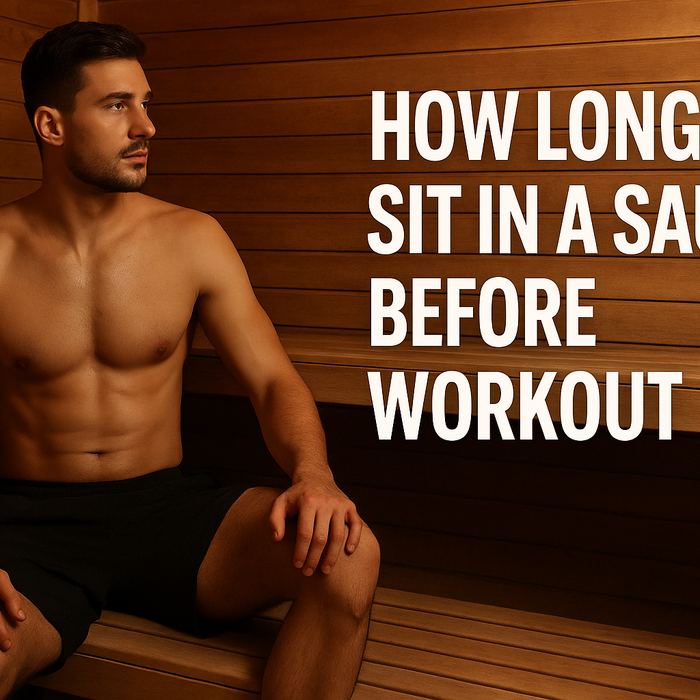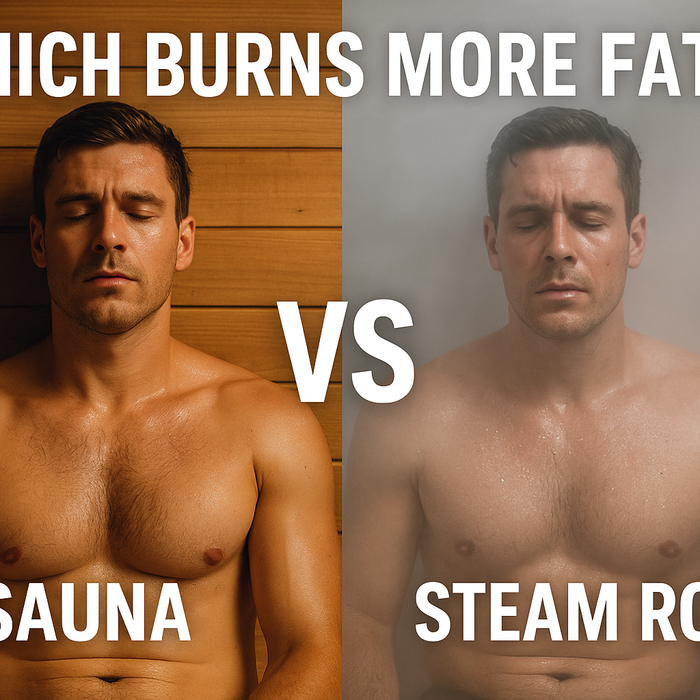Cold plunge therapy offers a wide range of benefits, from reduced inflammation to enhanced recovery. But for individuals with Raynaud’s disease—a condition that causes reduced blood flow to the extremities in cold temperatures—using a cold plunge can be risky without proper precautions. If you’ve been diagnosed with Raynaud’s and are interested in cold therapy, this guide will help you approach it safely and effectively.
Explore our collection of Cold Plunges for tubs with adjustable temperature control and proper insulation—two key features that can make cold immersion safer for sensitive users.
What Is Raynaud’s Disease?
Raynaud’s is a vascular disorder where cold temperatures or stress cause blood vessels in the fingers and toes to constrict excessively, leading to numbness, pain, and color changes (white, blue, then red). Triggers can include even mild exposure to cold, making cold water immersion a potential challenge.
Can You Use a Cold Plunge with Raynaud’s?
Yes—but with careful modifications. While extreme cold exposure may worsen symptoms, controlled cold therapy can sometimes be used safely by:
- Adjusting the water temperature
- Protecting the extremities
- Limiting exposure time
- Monitoring how your body responds during and after each session
Precautions for Cold Plunge Use with Raynaud’s
1. Start with Higher Temperatures
Traditional cold plunges are often set to 39–50°F, which may be too intense for someone with Raynaud’s. Instead, begin with temperatures closer to 55–60°F. Many of our cold plunge tubs allow digital temperature control for a gradual, personalized approach.
2. Keep Hands and Feet Out of the Water
Since Raynaud’s primarily affects the fingers and toes, you can reduce flare-up risk by keeping these extremities above the water or using waterproof neoprene socks and gloves to insulate them.
3. Limit Your Time
Short exposures are best. Start with 15–30 seconds and gradually build to 1–2 minutes as tolerated. Watch for numbness or discoloration in the hands and feet as early warning signs.
4. Warm Up Immediately After
Have a towel, blanket, or sauna nearby for post-plunge rewarming. Reintroduce warmth slowly to avoid rebound symptoms and allow blood flow to return safely.
5. Work with a Medical Professional
Before beginning any cold therapy routine, consult your healthcare provider—especially if your Raynaud’s is severe or secondary to another autoimmune condition.
Cold Plunge Tub Features to Look For
-
Adjustable Temperature Control: Essential for starting warmer and adjusting over time
-
Comfortable Depth: Allows partial immersion (avoiding hands/feet)
-
Plug-and-Play Chillers: Provide precise control and consistency
-
Insulated Walls: Help maintain higher temps if needed
Recommended Models for Sensitive Users
These models offer strong control over temperature and ergonomics—ideal for adapting to conditions like Raynaud’s:
Alternatives to Full Cold Immersion
If you want the benefits of cold therapy but can’t tolerate a full plunge, try these safer alternatives:
-
Contrast Therapy: Alternate between warm and cool water (not ice-cold)
-
Localized Cold Packs: Apply to sore muscles while keeping hands and feet warm
-
Warm-to-Cool Showers: Start with warm water, gradually cool down to desensitize over time

Final Thoughts
Having Raynaud’s doesn’t mean you can’t enjoy the benefits of cold therapy—it just requires a more cautious and customized approach. With adjustable temperatures, shorter sessions, and extremity protection, many people with Raynaud’s successfully integrate cold plunges into their wellness routine.
Explore our range of Cold Plunge Tubs with digital chillers, ergonomic designs, and thoughtful features for sensitive users. And if you're combining cold and heat therapy, don't forget to check out our DIY Sauna Kits for full contrast therapy options.






Leave a comment